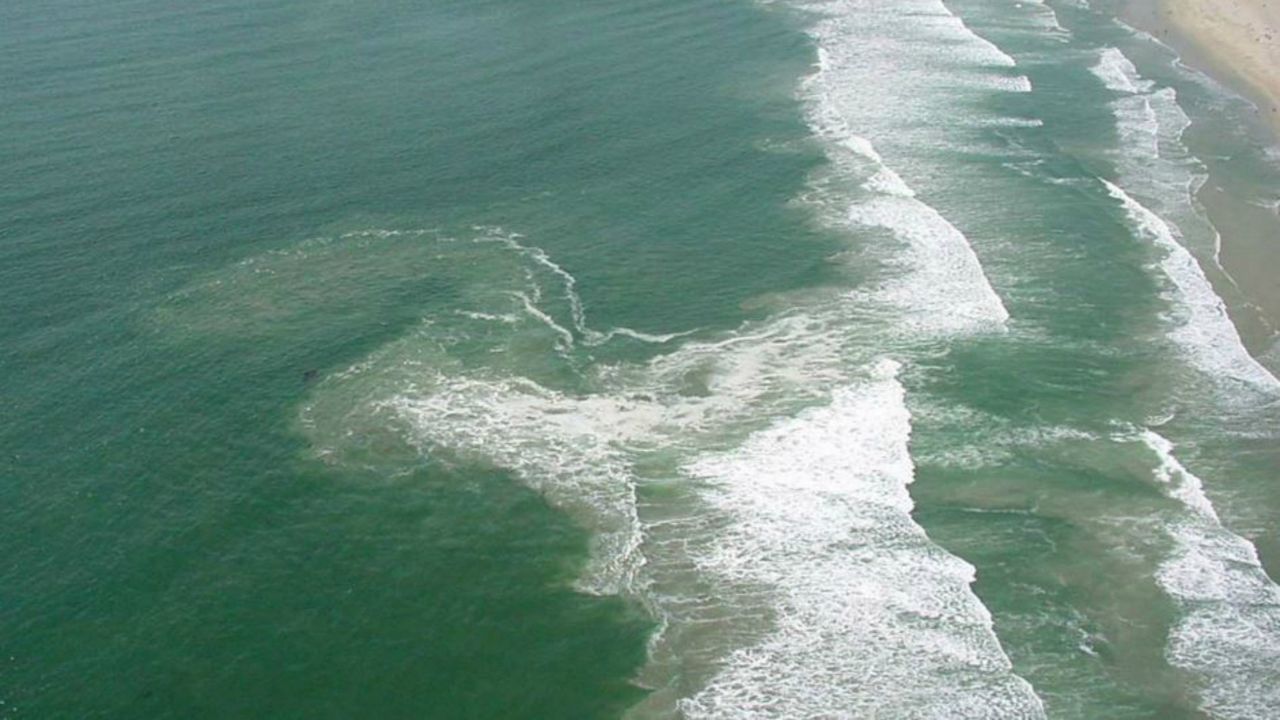EL SEGUNDO, Calif. — Now that it’s getting warmer, more people will head down to the beach to cool down in the coming months. Not just locals, but millions of tourists come here to enjoy our coast.
But a day of fun can turn deadly if we ignore the No. 1 danger to beachgoers: rip currents.
When it gets hot inland, a lot of people head down to the ocean, and they may not know about the dangers of rip currents. These are strong currents that move away from shore. It can be difficult to spot. That’s why it’s always a good idea to check in with a lifeguard before you jump in the water.
Rip currents can occur on the beach every single day but on some days, they can move at a very fast speed. Swimmers caught in rip currents account for 80 percent of lifeguard rescues. These currents can happen on any beach where there are waves and can happen throughout the year as the ocean floor gets battered by those waves, which can get especially bigger during winter storms.
If you’re caught in a rip current, the first thing to do is remain calm. A rip current won’t pull you underwater. It’ll just pull you away from shore. If you feel like you can swim, do so parallel to the shore until you’re out of the current and then swim back to shore at an angle.
If you feel that you can’t swim, float. You can also wave and yell for help while floating. But remember, stay calm. Ride out the current until it stops and you’re able to swim parallel to the shore until you’re a safe distance away from the current and then swim back to shore.
To prevent getting caught in one in the first place, look out for rip currents before you get in the water. Stand back and get high so you can see the water surface. They can be the size of a couple of lanes of highway to the length of a football field. They can last from minutes to months depending on what’s causing it.
Either side of the rip current, there’s usually waves breaking. Watch out for what appears like a hole through the breaking waves. Also, look out for discolored water. The currents usually kick up the sand so the water becomes discolored.
Again, don’t take any chances. Just swim near a lifeguard and be sure to ask about the ocean conditions of the day. They’re the experts of the beach.
Rip currents can travel up to 5 mph. It may not sound that fast, but consider that some Olympic swimmers average about 5 mph, it’s enough to cause a weak swimmer to panic as they’re pulled out.
If you're on shore and you witness a relative or friend caught in a rip current, don’t jump in to try to save them. Stay onshore. The person helping a swimmer in distress often ends up drowning. If you’re able to throw them a flotation device, do so. If you can’t, get the attention of a lifeguard.



